Artillery, << ahr TIHL uhr ee, >> is a class of weapon made up of heavy guns that fire large ammunition. Artillery includes the big guns once called cannon in addition to mounted guns and rocket launchers. The term artillery is generally reserved for weapons that are not fired from the hand or shoulder.

Parts of an artillery weapon
An artillery weapon, also known as an artillery piece, consists largely of a tube called the barrel. The barrel has two openings. The breech is the opening where the ammunition is inserted. The opening where the shell comes out is the muzzle. The inner surface of the barrel is known as the bore. The bore’s diameter determines the weapon’s size, or caliber, and that of its ammunition. The breechblock closes the breech and usually holds the firing pin or firing mechanism.
An artillery piece may have a bore that is smooth or one that is rifled. Rifled bores have spiraled grooves that spin and steady the shell, so it will travel nose-first to the target. Smoothbore artillery use ammunition with fins, which steady the shell in flight.
The firing mechanism contains a primer for large-caliber guns, or a firing pin for smaller weapons. The primer ignites a substance in the ammunition called the propellant. The propellant develops an extremely high pressure that shoots the ammunition out of the muzzle.
Kinds of artillery
Artillery is classified according to size as light, medium, or heavy artillery. It may also be classified by the trajectory (curved path of flight) of its ammunition. Artillery guns use ammunition that follows a low, flat trajectory with high speed at the muzzle. Howitzers use a high, arcing trajectory to hit targets hidden behind obstacles.
Some other weapons are often considered artillery, including rocket launchers, mortars, and recoilless rifles. Mortars usually have a smooth bore and are typically loaded from the muzzle. They send shells in higher arc trajectories than do howitzers. Recoilless rifles fire small-caliber artillery shells. They are much lighter than other artillery and may be mounted on vehicles or carried by hand. A rocket launcher starts an explosive rocket on its flight.
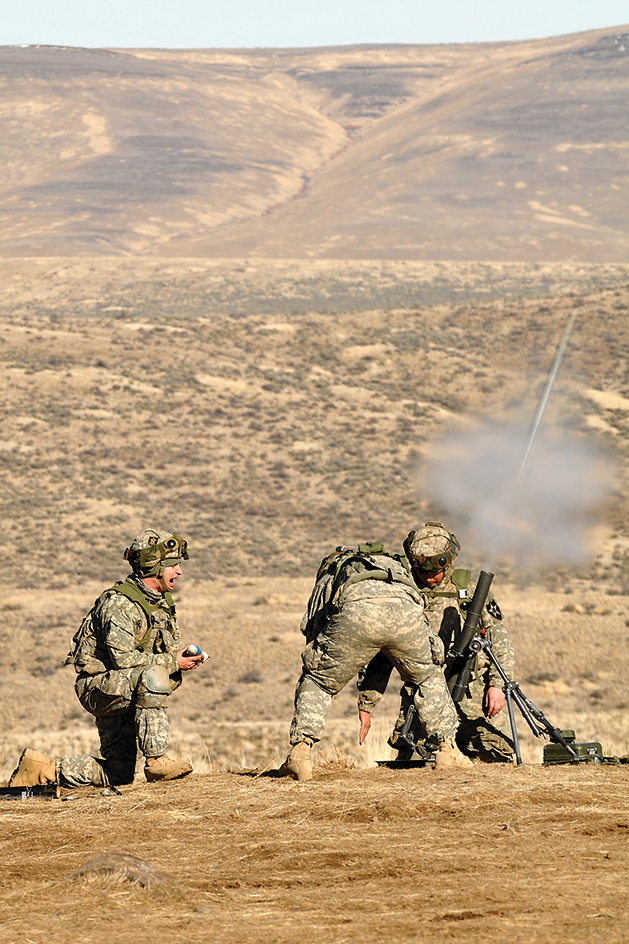
Field artillery
is used to support infantry and armored forces. The weapons may be towed by heavy tracked vehicles or trucks or mounted on vehicles so they can be brought into battle quickly. Field artillery guns vary widely in size—some fire shells weighing a few pounds (1 kilogram), while others fire shells weighing hundreds of pounds or kilograms. Other kinds of field artillery are mounted on tanks and vehicles designed to destroy tanks.
Ammunition trailers and tracked support vehicles have replaced the caissons (ammunition wagons) that used to carry ammunition for field artillery. Powerful artillery can be mounted on tanks and tank destroyers. Particularly large artillery weapons can be mounted on specially designed chassis (frames) with tracks. Surface-to-surface guided missiles supplement field artillery.
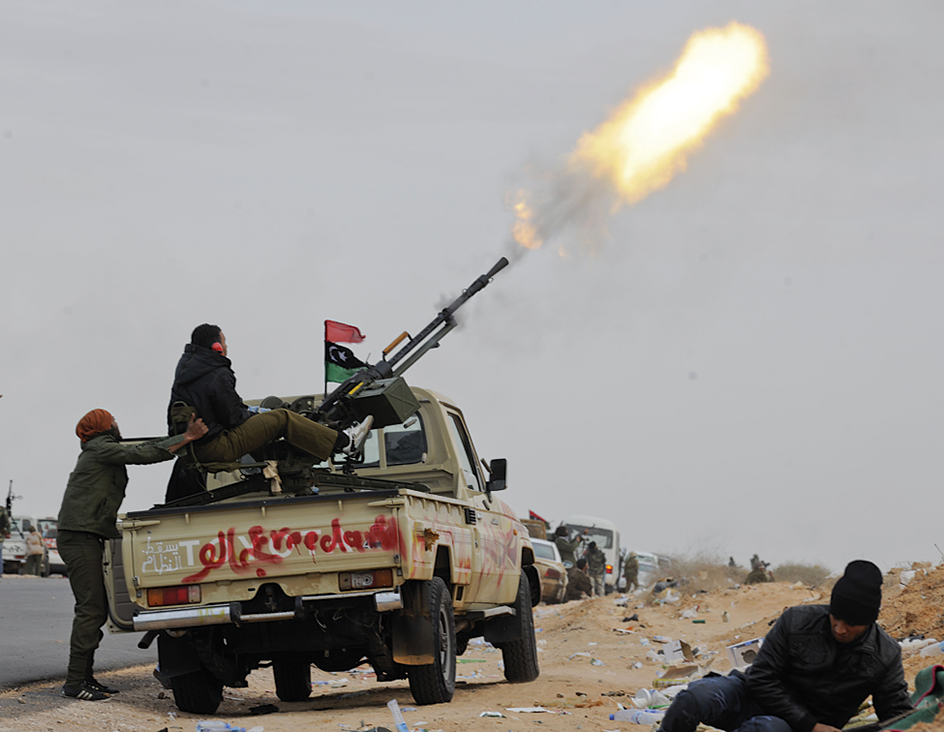
Antiaircraft artillery
fire shells rapidly at high angles. They are usually aimed at the target by electronic automatic fire control systems. Generally, special fuses are used to explode the shells in the area of the target. Surface-to-air missiles support antiaircraft guns in many armies and have completely replaced them in others.
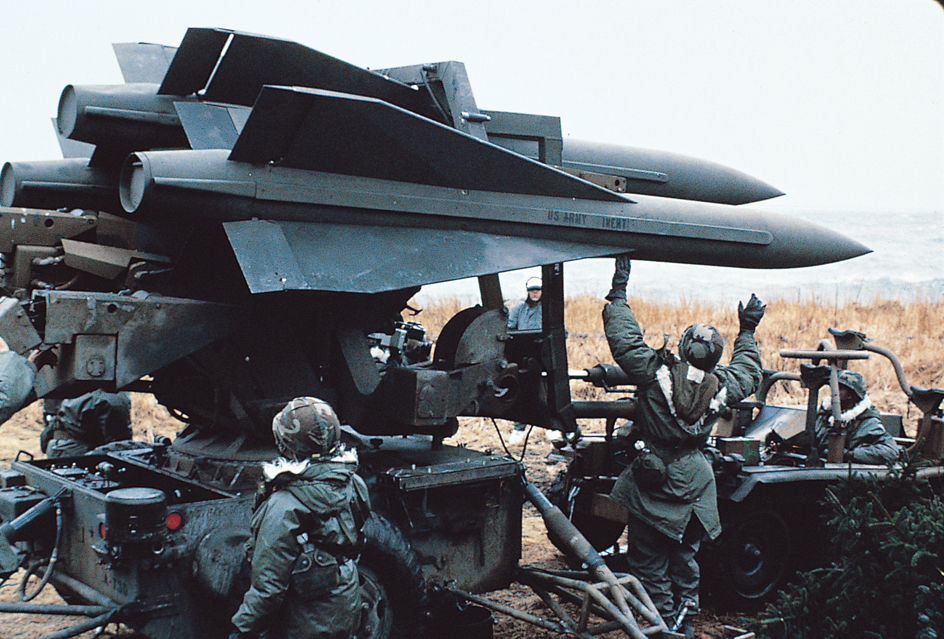
Other artillery.
Guns mounted in airplanes and helicopters are sometimes called artillery. So are guns mounted on naval vessels. See Air force ; Cannon ; Warship .
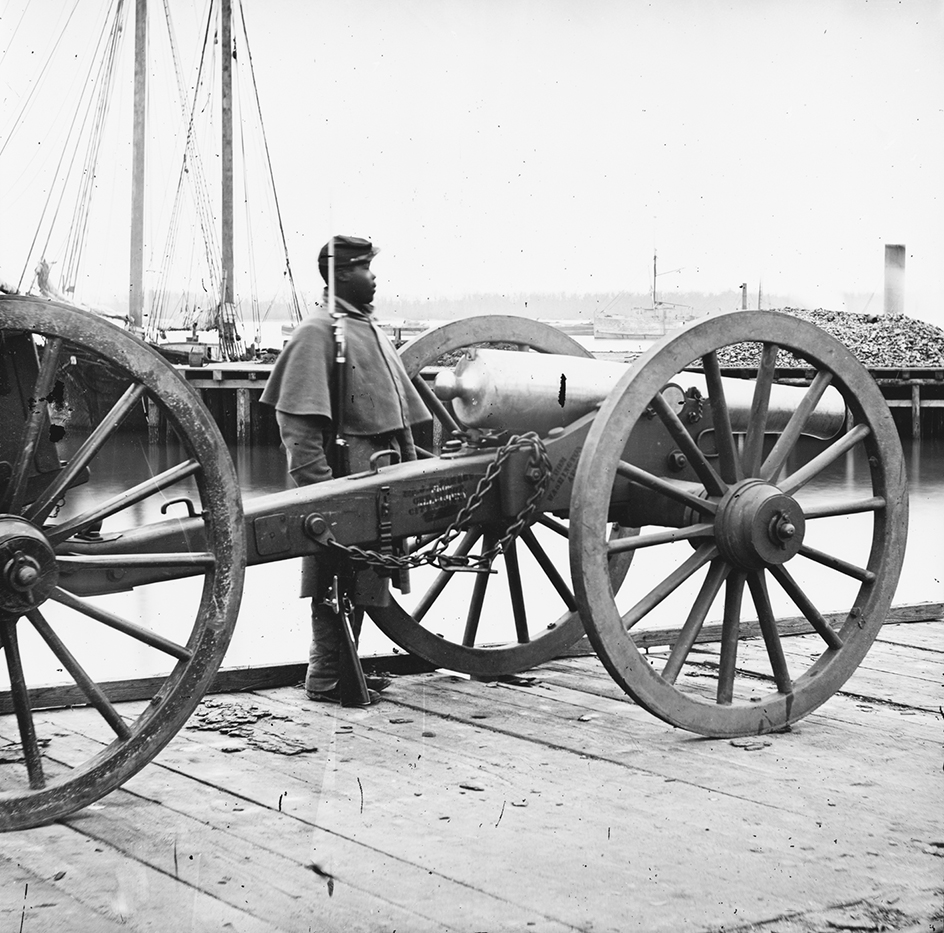
How artillery is made
Until after the American Civil War (1861-1865), almost all cannon were cast in brass, bronze, or cast iron. To make the cannon stronger, manufacturers added more metal to make the walls of the barrel thicker.
Later in the 1800’s, manufacturers made larger guns by forging. Forging is a process in which heated metal is shaped and then hammered or pressed.
The monobloc process
is used to make most barrels today. It takes advantage of modern, high-strength steels. In this process, manufacturers make the tube stronger by expanding it under internal pressure until the interior diameter of the tube has been permanently enlarged. The outer layers of metal tend to shrink to their original dimensions when the pressure is released, but the inner layers tend to keep their enlarged diameter. This compresses the inner layers. This process is also called cold working or autofrettage. After the tube has been formed, it is annealed (tempered) by being heated and slowly cooled. Workers then use powered machine tools to shape it to final specifications.
Rifling.
During or after the final shaping, the gun may be rifled. In this process, workers cut or impress grooves in the finished bore. Alternatively, they may cut them into a separate tube called a liner, which can be inserted into the barrel. Rifled liners can be replaced if they become worn, but high construction costs have limited their use.
History
Artillery was first used during the 1300’s. The French used small cannon against the English in 1450. The Ottomans under Mehmet II used artillery in their final campaign to capture Constantinople in 1453. From that time, artillery increased enormously in size, firepower, and accuracy and played an ever-increasing part in battles. Napoleon was the first general to collect his artillery in a grande batterie (big battery). He concentrated his artillery fire on one point in the enemy’s line, and then sent troops against that point.
During World War I (1914-1918), troops on the Western Front dug great mazes of trenches and fought from fairly fixed positions. Much of the fighting consisted of exchanges of fire between big-gun batteries. In 1918, the Germans attacked Paris with huge, specially built guns known as “Paris Guns.” These guns hurled shells to heights of about 25 miles (40 kilometers) above the ground to reach a target roughly 75 miles (120 kilometers) away. 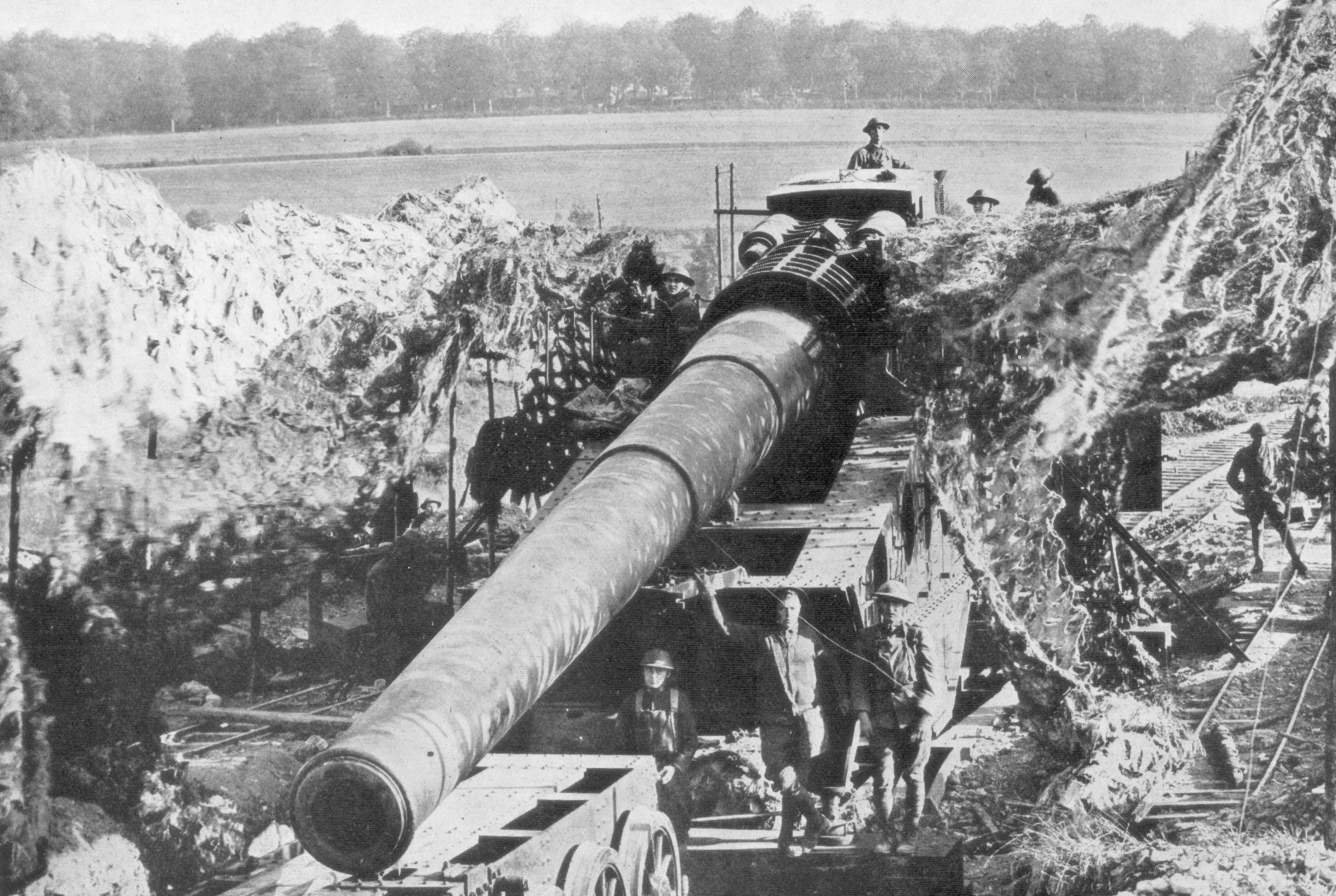
But giant guns had little place in World War II (1939-1945). They could not move fast enough to keep up with the war’s rapid changes in battle lines. Airplanes could easily destroy fixed batteries of large guns. The greatest artillery advances during the war were in the power and mobility of smaller weapons. Helicopters can now carry some artillery pieces into battle.
